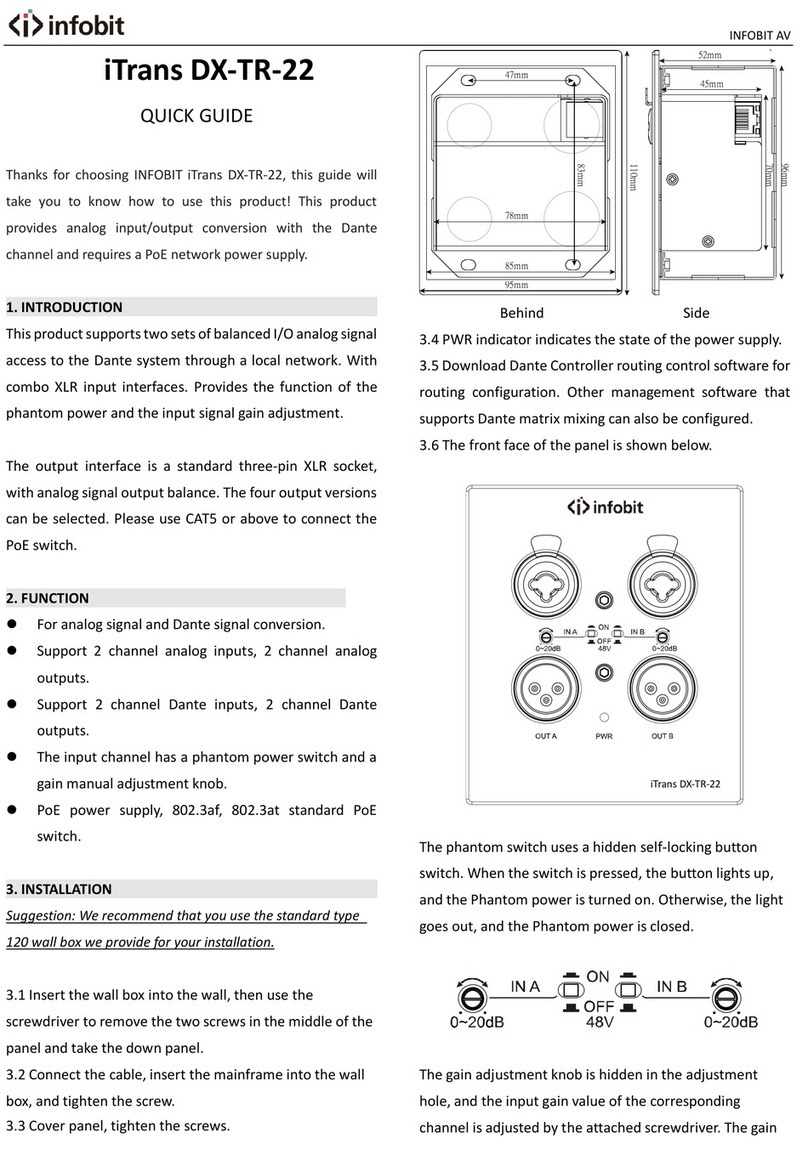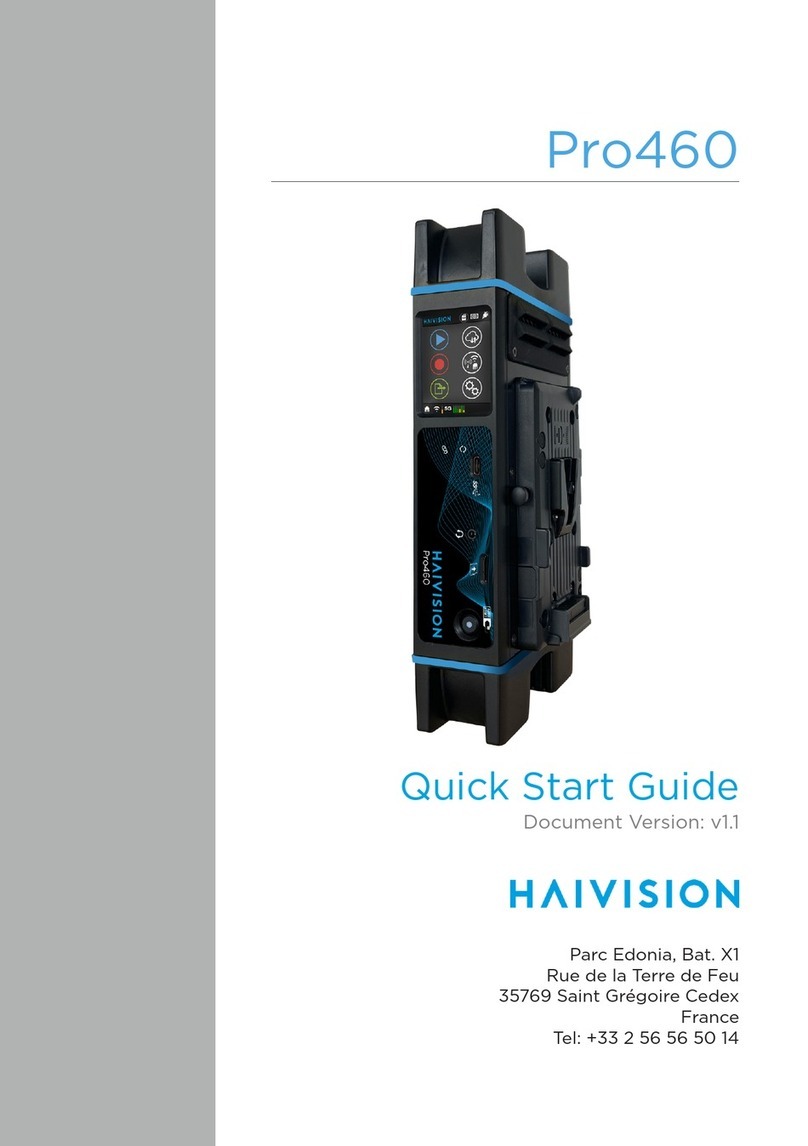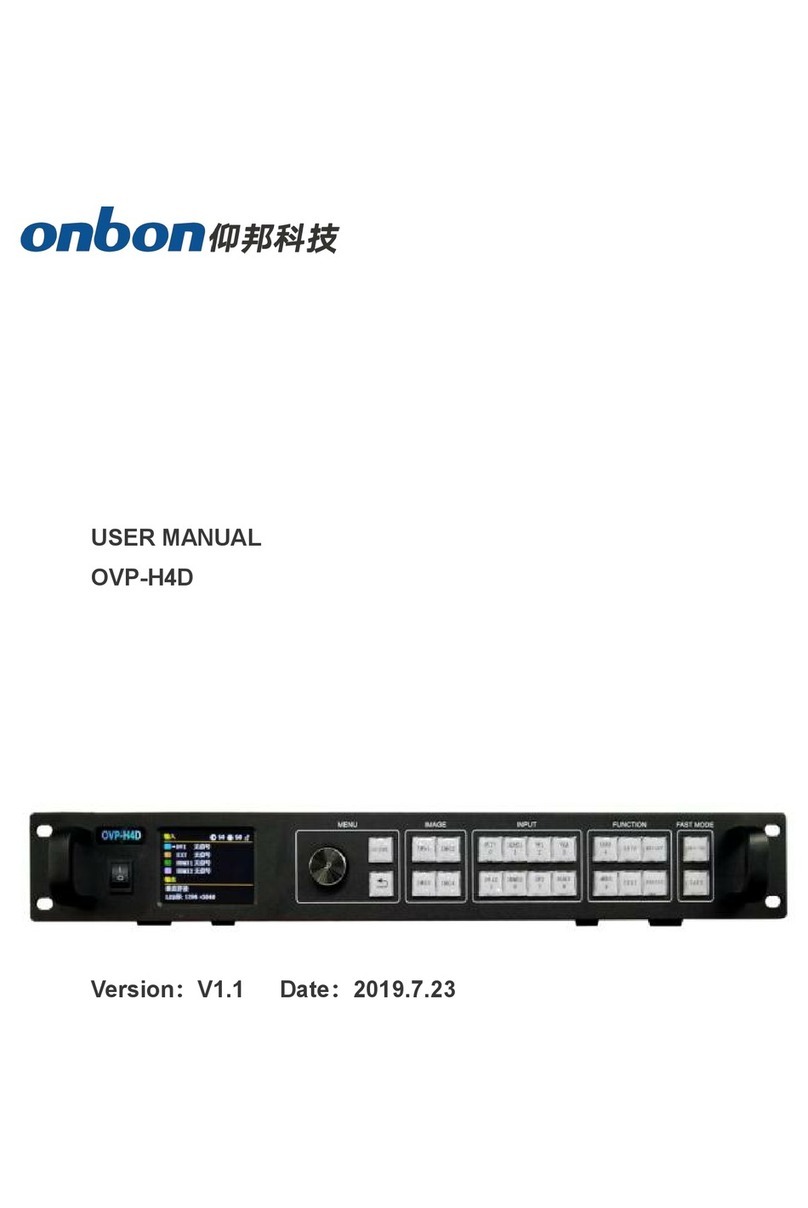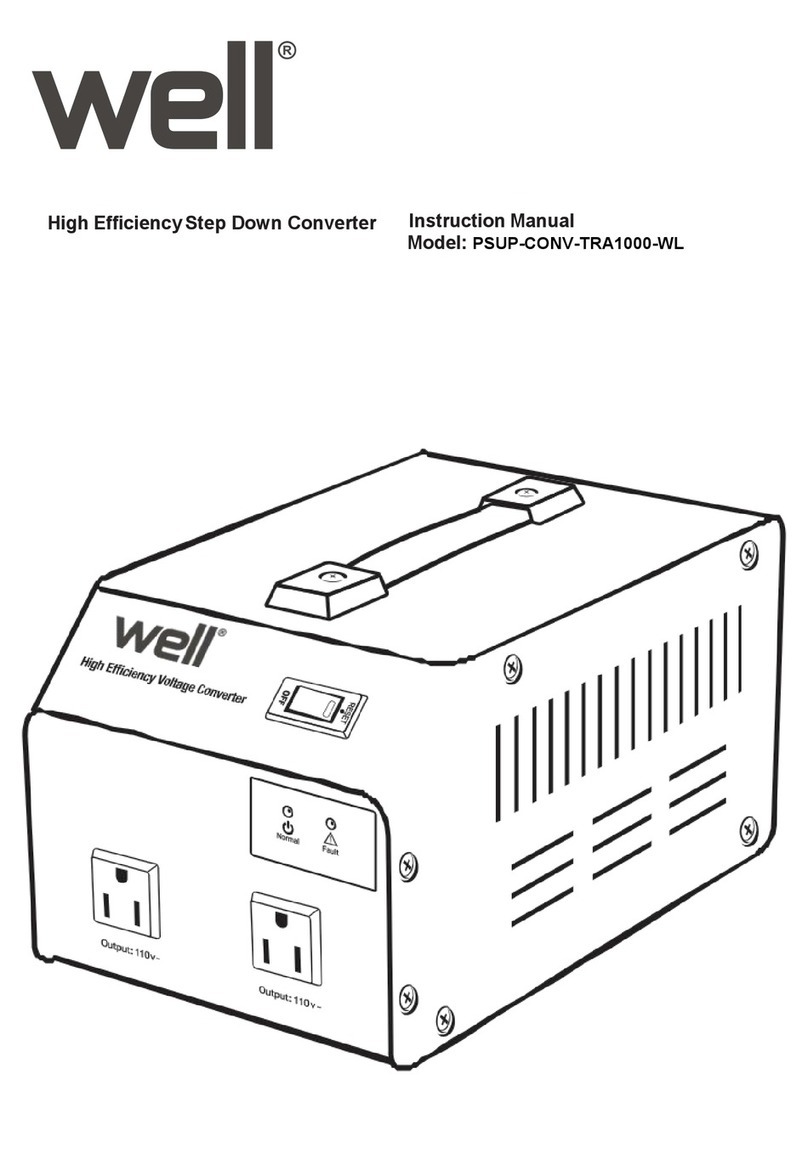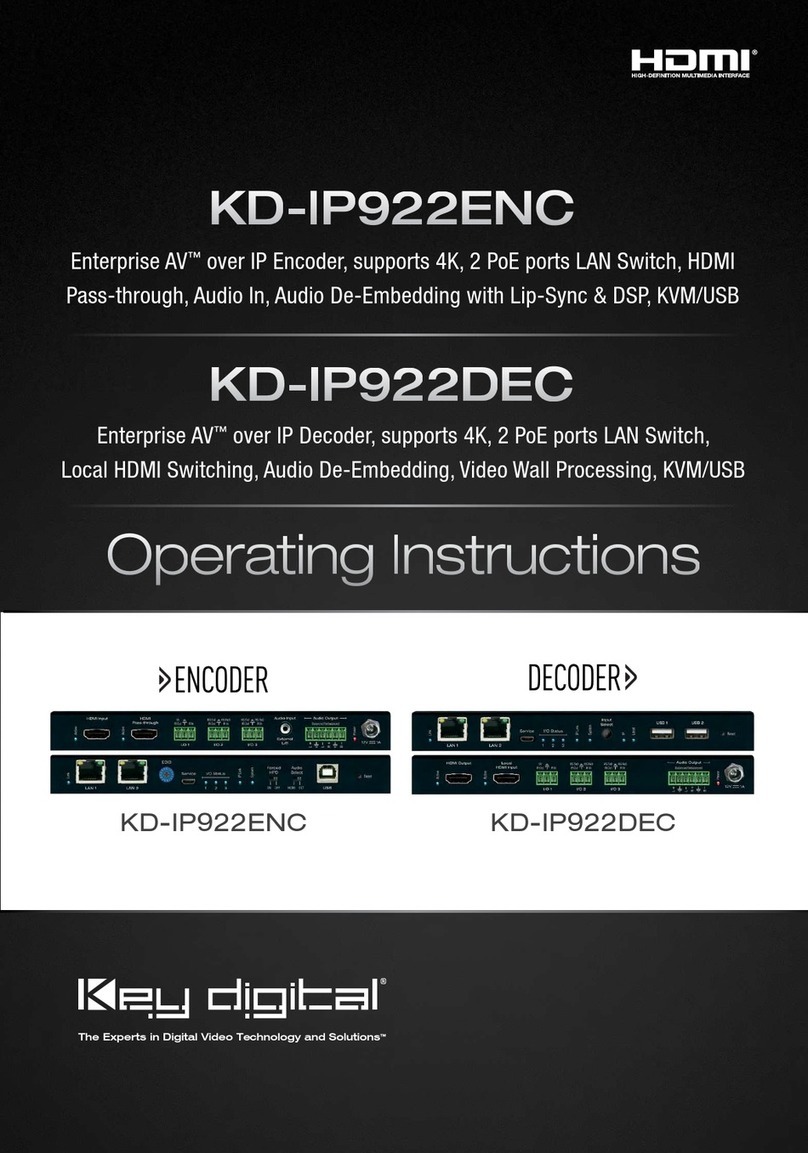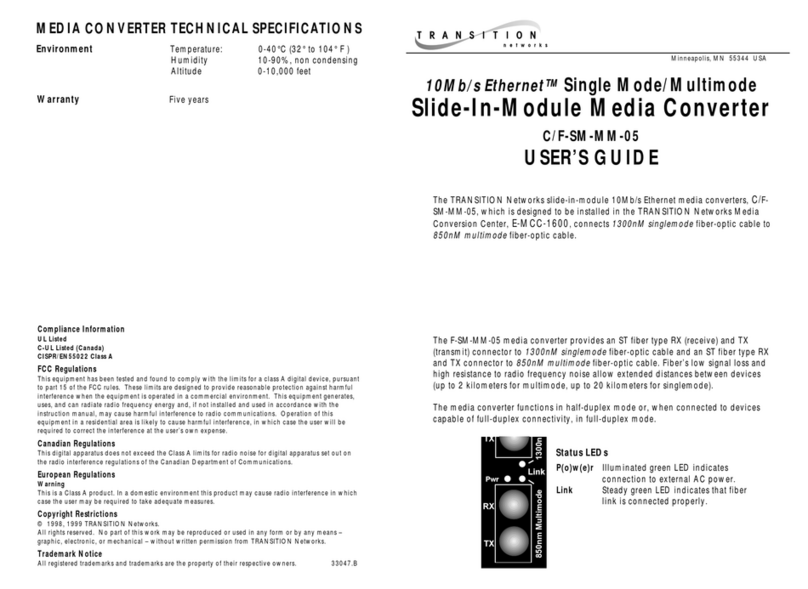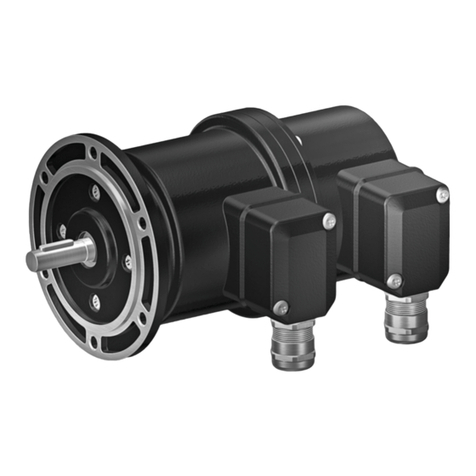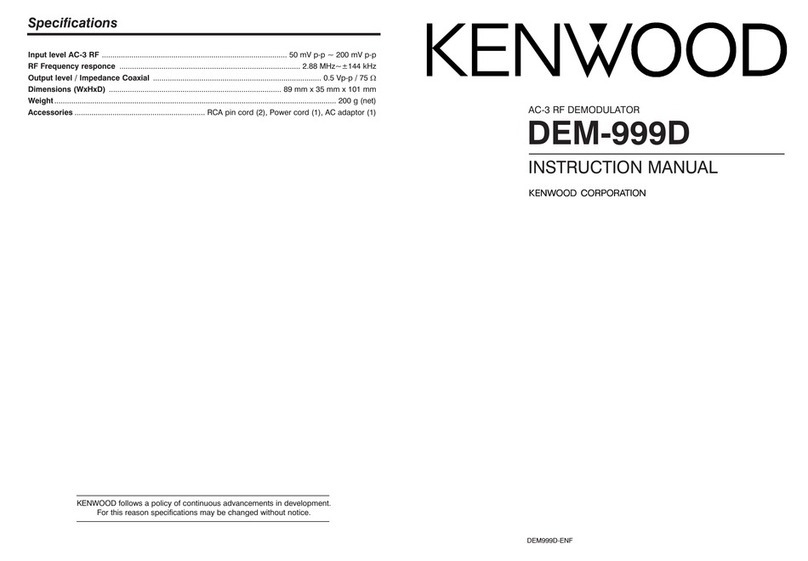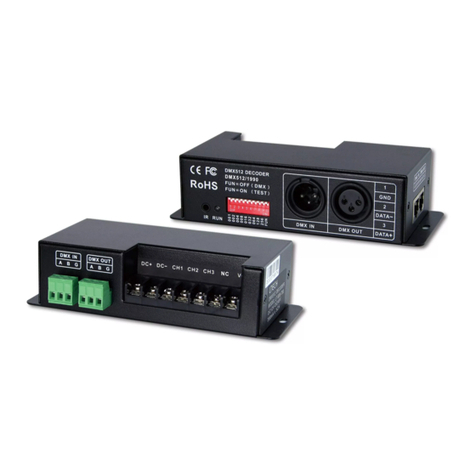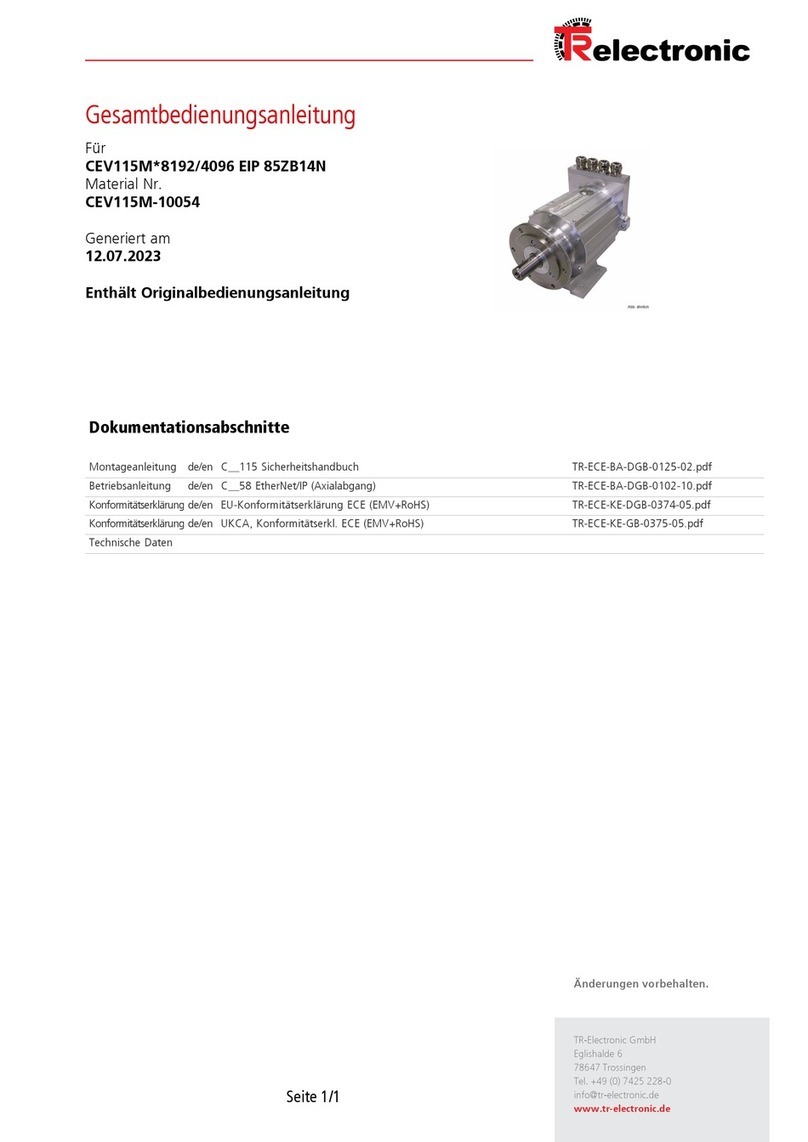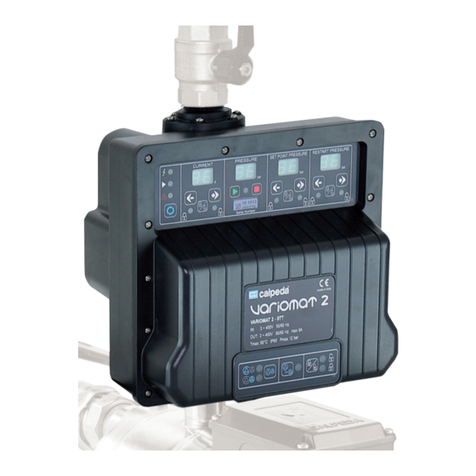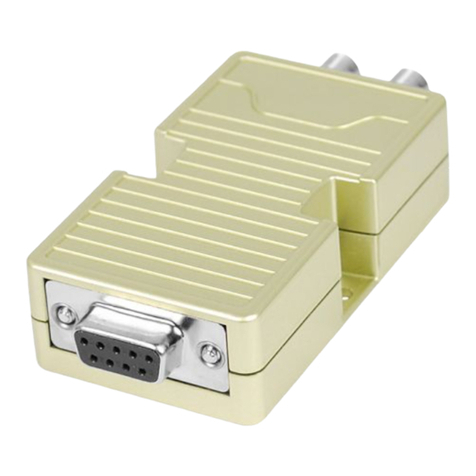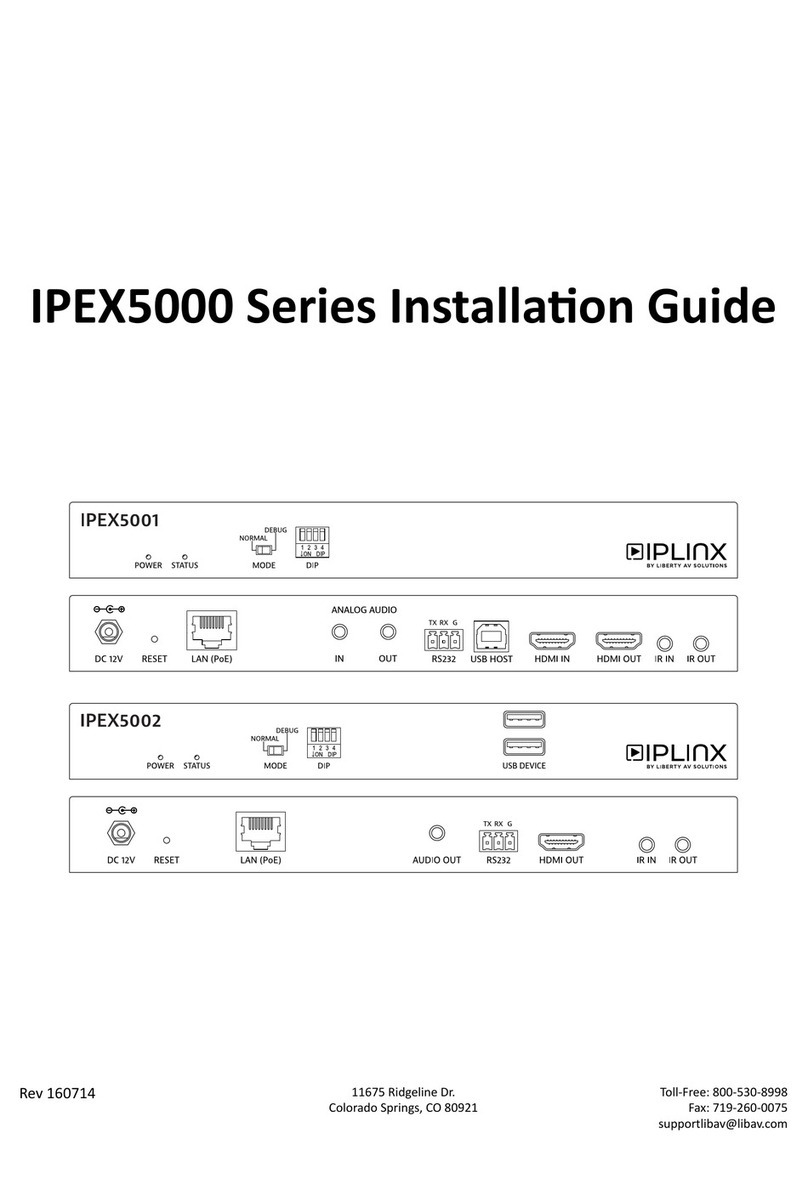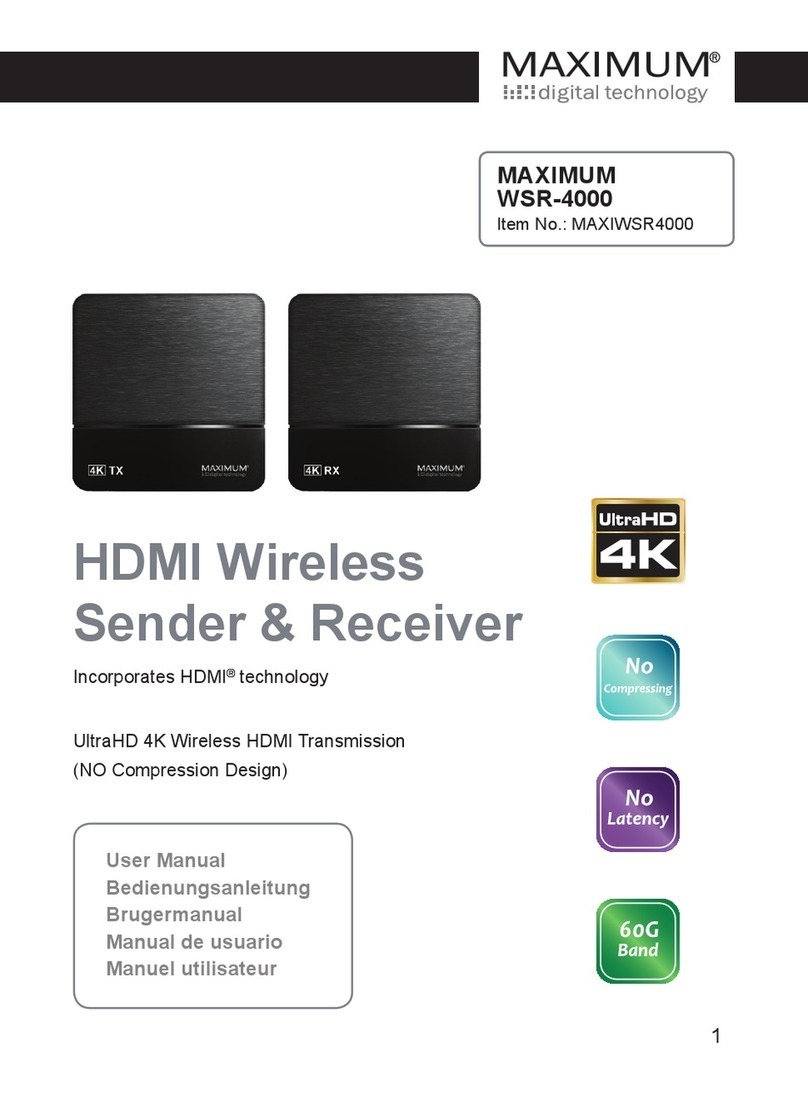Neptune Technology ProCoder R900i Product manual

ProCoder™)R900i™
Installation and Maintenance Guide


ProCoder™)R900i™
Installation and Maintenance Guide

Copyright
This manual is an unpublished work and contains the trade secrets and confidential
information of Neptune Technology Group, which are not to be divulged to third parties and
may not be reproduced or transmitted in whole or part, in any form or by any means, electronic
or mechanical for any purpose, without the express written permission of
Neptune Technology Group Inc. All rights to design or inventions disclosed herein, including the
right to manufacture, are reserved to Neptune Technology Group Inc.
Neptune engages in ongoing research and development to improve and enhance its products.
Therefore, Neptune reserves the right to change product or system specifications without
notice.
Trademarks Used in this Manual
N_SIGHT, ProCoder, ProCoder)R900i, and ProRead are trademarks of Neptune Technology
Group Inc. HP PROTECTUS III, T-10, TRU/FLO, R900, and R900 Gateway are registered
trademarks of Neptune Technology Group Inc. Other brands or product names are trademarks
or registered trademarks of their respective holders.
FCC Conformity
This device complies with Part 15 of the FCC Rules. Operation is subject to the following two
conditions: (1) this device may not cause harmful interference, and (2) this device must accept
any interference received, including interference that may cause undesired operation.
NOTE: This equipment has been tested and found to comply with the limits for a Class B digital
device, pursuant to Part 15 of the FCC Rules. These limits are designed to provide reasonable
protection against harmful interference in a residential installation. This equipment generates,
uses, and can radiate radio frequency energy and, if not installed and used in accordance with
the instructions, may cause harmful interference to radio communications. However, there is no
guarantee that interference will not occur in a particular installation. If this equipment does
cause harmful interference to radio or television reception, which can be determined by turning
the equipment off and on, the user is encouraged to try to correct the interference by one or
more of the following measures:
lReorient or relocate the receiving antenna.
lIncrease the separation between the equipment and receiver.
lConnect the equipment into an outlet on a circuit different from that to which the receiver is
connected.
lConsult the dealer or an experienced radio / TV technician for help.

RF Exposure Information
This equipment complies with the FCC RF radiation requirements for uncontrolled
environments. To maintain compliance with these requirements, the antenna and any radiating
elements should be installed to ensure that a minimum separation distance of 20 cm is
maintained from the general population.
Changes or modifications not expressly approved by the party responsible for
compliance could void the user's authority to operate the equipment.
Professional Installation
In accordance with Section 15.203 of the FCC rules and regulations, the MIU must be
professionally installed by trained utility meter installers. Changes or modifications not expressly
approved by the party responsible for compliance could void the user's authority to operate the
equipment.
Industry Canada
This Class B digital apparatus meets all requirements of the Canadian Interference Causing
Equipment Regulations. Operation is subject to the following two conditions: (1) this device may
not cause harmful interference, and (2) this device must accept any interference received,
including interference that may cause undesired operation.
Cet appareillage numérique de la classe B répond à toutes les exigences de l'interférence
canadienne causant des règlements d'équipement. L'opération est sujette aux deux conditions
suivantes: (1) ce dispositif peut ne pas causer l'interférence nocive, et (2) ce dispositif doit
accepter n'importe quelle interférence reçue, y compris l'interférence qui peut causer
l'opération peu désirée.
ProCoder™)R900i™
Installation and Maintenance Guide
Literature No. IM ProCoder)R900i01.19
Part No. 13707-001
Neptune Technology Group Inc.
1600 Alabama Highway 229
Tallassee, AL 36078
Tel: (800) 633-8754
Fax: (334) 283-7293
Copyright © 2006 - 2019
Neptune Technology Group Inc.
All Rights Reserved

This page intentionally left blank.

Contents
Chapter 1: Product Description 1
1
Overview
ProCoder™)R900i™ Programming 2
Chapter 2: Specifications 3
Electrical Specifications 3
Transmitter Specifications 3
Environmental Conditions 3
Functional Specifications 3
Dimensions and Weight 4
ProCoder™)R900i™ Dimensions 4
Chapter 3: Reading the ProCoder™)R900i™ 7
How to Read 7
Common Causes of Leaks 8
How to Tell if Water is in Use 9
If Continuous Leak is Repaired 9
If Intermittent Leak is Repaired 9
Chapter 4: Installing the ProCoder™)R900i™ 11
Prior to Installation 11
Storage 11
Unpacking 11
Site Selection 12
Installing the ProCoder™)R900i™12
New Meter Installation 12
Retrofit Meter Installation 13
Connecting the ProCoder™)R900i ™ Through-the-Lid Antenna 14
Installing the Antenna 14
Attaching the Antenna to the MIU 16
Chapter 5: Data Logging Extraction 19
About Data Logging 19
ProCoder™)R900i™ Installation and Maintenance Guide v

Accessing Data Logging 19
Initializing the Data Logger 21
Initiating RF-Activated Data Logging 24
Sample Data Logging Graphs 26
Off-Cycle Data Extraction 27
Belt Clip Transceiver 28
Chapter 6: Troubleshooting 29
Possible Reading Values 29
Chapter 7: Contact Information 31
By Phone 31
By Fax 31
By Email 31
Appendix A: ProCoder™)R900i™ Flags 33
Description of Flags 33
Zero Consumption Flag 34
Glossary 35
Index 39
Contents
vi ProCoder™)R900i™ Installation and Maintenance Guide

Figures
2
4
5
7
11
14
14
15
15
15
16
16
17
19
20
20
21
21
22
22
23
23
24
24
25
25
26
Figure 1 – ProCoder™)R900i™
Figure 2 – ProCoder™)R900i™ Dimensions
Figure 3 – ProCoder™)R900i™ Antenna Dimensions
Figure 4 – ProCoder™ Face and Sweep Hand
Figure 5 – ProCoder™)R900i™ Installation
Figure 6 – ProCoder™)R900i™ Antenna
Figure 7 – Through-the-Lid Antenna
Figure 8 – Locking the Nut on the Antenna
Figure 9 – Securing the Locking Nut
Figure 10 – Installation Complete
Figure 11 – Removing the Dust Cover
Figure 12 – Aligning the F Connector
Figure 13 – Connecting the Coaxial Cable
Figure 14 – HHU Home Screen
Figure 15 – N_SIGHT™ Menu
Figure 16 – DataLogger Option
Figure 17 – Reader IDInput
Figure 18 – HHU Time Confirmation
Figure 19 – Initializing RF Device
Figure 20 – Entering MIU ID
Figure 21 – Capture Button
Figure 22 – Meter Size Selection
Figure 23 – Start Button
Figure 24 – Listening for Data
Figure 25 – Receiving Data
Figure 26 – Graph Button
Figure 27 – Examples of Data Logging Graphs
Figure 28 – HHU Home Screen 27
ProCoder™)R900i™ Installation and Maintenance Guide vii

Tables
Table 1 – Transmitter Specifications 3
Table 2 – Environmental Conditions 3
Table 3 – Functional Specifications 3
Table 4 – Dimensions and Weight 4
Table 5 – Possible Leaks 8
Table 6 – Data Logging Graph Legend 26
Table 7 – Reading Value Examples 29
Table 8 – Eighth-Digit Resolution by Meter Size 33
Table 9 – Backflow Flag 33
Table 10 – Leak Status Flag 34
ProCoder™)R900i™ Installation and Maintenance Guide ix

This page intentionally left blank.
x ProCoder™)R900i™ Installation and Maintenance Guide
Tables

ProCoder™)R900i™ Installation and Maintenance Guide 1
Chapter 1: Product Description
Overview
This chapter provides a general description of the ProCoder™)R900i™ register. The
Neptune®ProCoder)R900iis an integrated meter-reading register that contains both
the ProCoder™ and R900®technologies in one register that transmits the data that a
meter reader collects.A Neptune walk-by, mobile, R900®Gateway fixed network data
collection system, or LoRa®fixed network collection system receives the data and
stores it to download into the utility billing system for processing.
The ProCoder)R900iis easily installed and operates within a radio frequency (RF) band
which does not require an operating license. The ProCoder)R900imeets Federal
Communications Commission (FCC) regulations Part 15.247 allowing higher output
power and greater range. The ProCoder)R900iuses frequency-hopping spread-
spectrum technology to avoid RF interference and enhance security. The transmitted
data is updated at 15-minute intervals and transmits a mobile message that includes
the meter reading data and the unique ProCoder)R900iID every 14 to 20 seconds. This
allows a Hand-Held Unit (HHU) or mobile data collections unit to read the meter.
The ProCoder)R900ialso transmits a high-power fixed network message every seven
and one-half minutes on an interleaved basis to an R900 Gateway. If connected to a
LoRa network, the ProCoder)R900ican also transmit time-synchronized, hourly
readings every three hours on an interleaved basis to a LoRa network.
The ProCoder)R900ioffers advantages to utility organizations of all sizes:
lIncreases meter reading accuracy
lEliminates hard-to-read meters
lProtects utility liability by increasing meter reader safety
lRequires no external wiring or programming
lProvides enhanced eight-digit Automated Meter Reading (AMR)
lProvides proactive customer service benefits (leak, tamper, and backflow detection)

Figure 1 – ProCoder™)R900i™
ProCoder™)R900i™ Programming
The ProCoder)R900iis NOT field-programmable. At the factory, each of the following
items is programmed into the meter interface unit (MIU):
lSerial number – Each MIU is given a unique serial number / identification number
lMeter size and change gear information
2 ProCoder™)R900i™Installation and Maintenance Guide
Chapter 1: Product Description

ProCoder™)R900i™ Installation and Maintenance Guide 3
Chapter 2: Specifications
This chapter provides the specifications for the ProCoder™)R900i™.
Electrical Specifications
The ProCoder)R900iis powered by a lithium battery.
Transmitter Specifications
Specification Description
Transmit Period lEvery 14 to 20 seconds (standard R900®mobile message)
lEvery seven and one-half minutes (standard R900 fixed network
message)
lEvery three hours (standard LoRa®fixed network message
Transmitter Channels 50 (R900 mobile and fixed) and 64 (LoRa fixed network message)
Channel Frequency 902-928 MHz
Output Power Meets FCC Part 15.247
FCCVerification Part 15.247
Table 1 – Transmitter Specifications
Environmental Conditions
Condition Description
Operating Temperature –22º to 149ºF (–30º to 65ºC)
Storage Temperature –40º to 158ºF (–40º to 70ºC)
Operating Humidity 0 to 100% condensing (pit only)
Table 2 – Environmental Conditions
Functional Specifications
Specification Description
Register Reading lEight digits (AMR)
lEight digits (Visual)
MIU ID l10 digits (R900 v4)
lNine digits (R900 v5)
Table 3 – Functional Specifications

Dimensions and Weight
Measurement Description
Dimensions Refer toFigure 2 and Figure 3 on page 5.
Weight lInside – 1.39 lbs. (630.5 grams)
lPit – 1.62 lbs. (734.8) grams)
Table 4 – Dimensions and Weight
ProCoder™)R900i™ Dimensions
The following diagrams show both the inside and pit dimensions for the
ProCoder)R900i.
Figure 2 – ProCoder™)R900i™ Dimensions
4 ProCoder™)R900i™Installation and Maintenance Guide
Chapter 2: Specifications

Figure 3 – ProCoder™)R900i™ Antenna Dimensions
ProCoder™)R900i™ Installation and Maintenance Guide 5
Chapter 2: Specifications

This page intentionally left blank.
Chapter 2: Specifications
6 ProCoder™)R900i™ Installation and Maintenance Guide

ProCoder™)R900i™ Installation and Maintenance Guide 7
Chapter 3: Reading the ProCoder™)R900i™
This chapter provides information on reading the ProCoder™)R900i™.
How to Read
Become familiar with the information available from the meter.
Figure 4 – ProCoder™ Face and Sweep Hand
The sensitive sweep hand provides a visual representation of extreme low flows as well
as reverse flows. Depending on the size and type of ProCoder register, a specific
multiplier is present. This multiplier, along with the current position of the sweep hand,
provides additional digits of resolution that are especially useful for testing.
For further information on reading the ProCoder sweep hand, see the Product
Support Document How to Read the Neptune ProCoder™Register.

Common Causes of Leaks
Leaks can result from various circumstances. The following table contains some
common causes of leaks.
Possible Cause of Leak Intermittent
Leak
Continuous
Leak
Outside faucet, garden, or sprinkler system leaking
Toilet valve not sealed properly
Toilet running
Faucet in kitchen or bathrooms leaking
Ice maker leaking
Soaker hose in use
Leak between the water meter and the house
Washing machine leaking
Dishwasher leaking
Hot water heater leaking
Watering yard for more than eight hours
Continuous pet water device in use
Water-cooled air conditioner or heat pump
Swimming pool filled
Any continuous use of water for 24 hours
Table 5 – Possible Leaks
Check all equipment that uses water to determine where the leak originates.
8 ProCoder™)R900i™Installation and Maintenance Guide
Chapter 3: Reading the ProCoder™)R900i™
Table of contents
Other Neptune Technology Media Converter manuals


